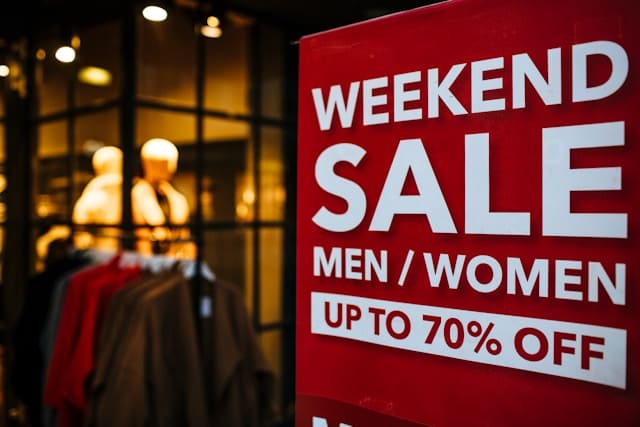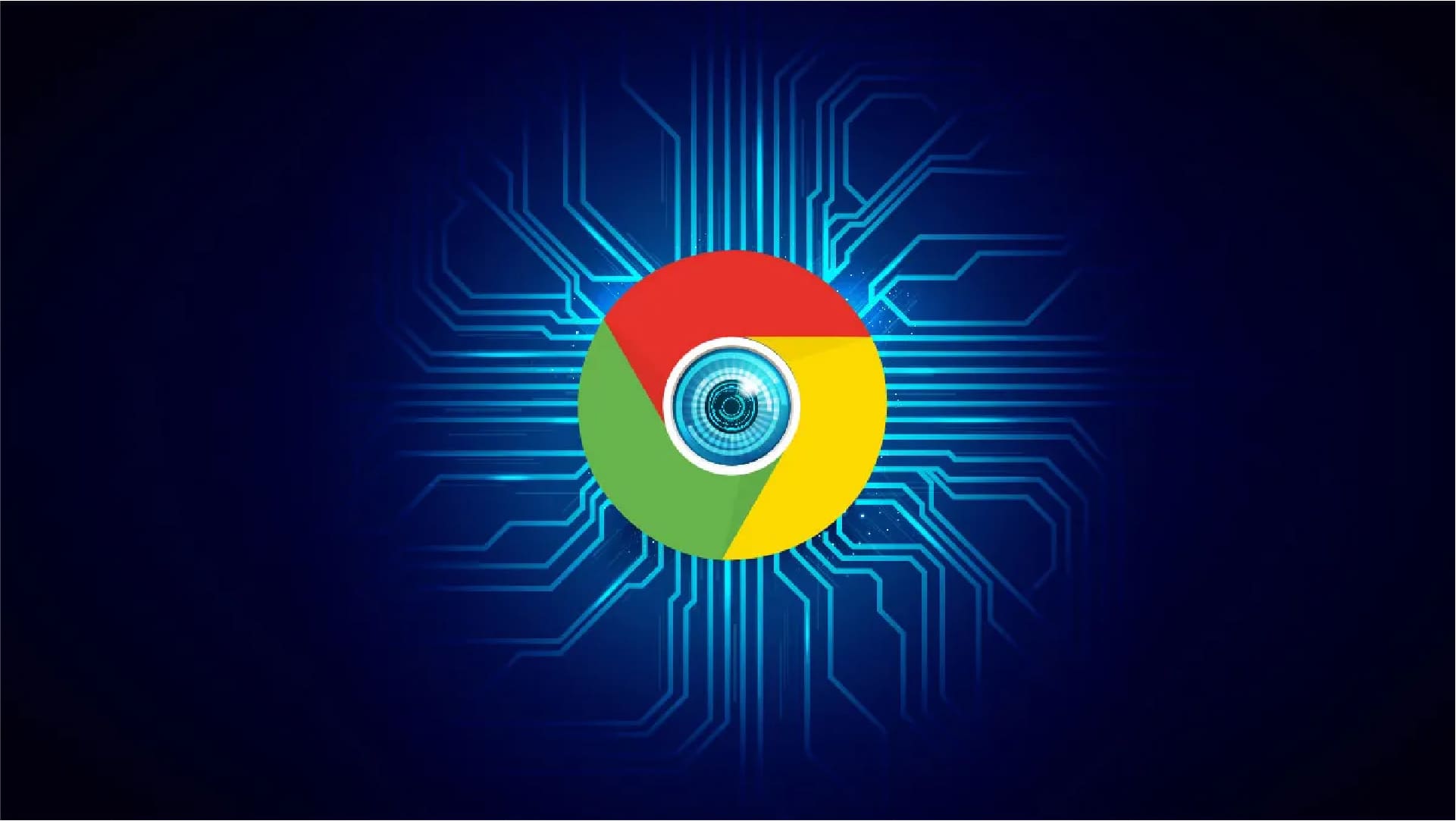In today’s hyper-optimized retail world, shopping isn’t just about buying—it’s about being subtly influenced. From the layout of a store to the font on a price tag, retailers use psychological tactics to nudge you toward spending more than you intended. But once you understand these tricks, you can shop smarter, not harder.
Let’s pull back the curtain on the 10 most common shopping psychology tricks—and how to beat them at their own game.
🧠 1. Anchoring: The Illusion of a Deal
What it is: Retailers show a high “original” price next to a discounted one to make the deal seem irresistible.
Why it works: Your brain fixates on the first number (the anchor), making the sale price feel like a bargain—even if it’s not.
How to outsmart it: Ignore the original price. Ask yourself: Would I buy this at the current price if I didn’t know the original?
🧃 2. The Gruen Effect: Getting Lost on Purpose
What it is: Stores are designed like mazes (think IKEA) to expose you to more products.
Why it works: The longer you stay, the more likely you are to make impulse purchases.
How to outsmart it: Shop with a list and a time limit. Treat the store like a mission, not a museum.
👀 3. “Eye-Level is Buy-Level”
What it is: Premium or high-margin products are placed at eye level, while cheaper alternatives are hidden below or above.
Why it works: Most shoppers grab what’s easiest to see and reach.
How to outsmart it: Scan the top and bottom shelves. That’s where the real bargains often hide.
💸 4. Charm Pricing: The Power of .99
What it is: Prices ending in .99 or .95 make items seem cheaper than they are.
Why it works: We read prices from left to right, so $4.99 feels closer to $4 than $5.
How to outsmart it: Round up mentally. $4.99 is $5. Period.
🧺 5. Bigger Carts, Bigger Bills
What it is: Shopping carts have grown in size over the years.
Why it works: A half-empty cart feels like you haven’t bought enough, encouraging you to add more.
How to outsmart it: Use a basket when possible. It limits what you can carry and what you’ll spend.
🔁 6. Cross-Selling & the Diderot Effect
What it is: “Complete the look” or “frequently bought together” suggestions encourage you to buy related items.
Why it works: Once you buy one item, you feel compelled to buy others that match or complement it.
How to outsmart it: Ask: Do I need this, or am I just completing a set?
⏳ 7. Scarcity & Urgency Triggers
What it is: “Only 2 left!” or “Sale ends in 3 hours!” creates a fear of missing out (FOMO).
Why it works: Scarcity makes us act fast and think less.
How to outsmart it: Pause. If it’s truly valuable, it’ll still be worth buying tomorrow.
🎶 8. Sensory Manipulation
What it is: Stores use music, lighting, and even scents to influence your mood.
Why it works: Pleasant environments make you linger—and spend more.
How to outsmart it: Be aware of your surroundings. If you’re feeling unusually relaxed or impulsive, it might not be you—it might be the vanilla-scented air.
🧾 9. BOGO & Bulk Deals
What it is: “Buy One, Get One Free” or “10 for $10” deals encourage overbuying.
Why it works: We perceive more value, even if we don’t need the extra items.
How to outsmart it: Only buy in bulk if you’ll use it. Otherwise, it’s just clutter with a discount.
🧠 10. Loyalty Cards & Points Systems
What it is: Rewards programs make you feel like you’re saving money by spending more.
Why it works: The sunk cost fallacy kicks in—you’ve already invested, so you keep going.
How to outsmart it: Track your actual savings. If you’re spending more to “earn” points, it’s not a reward—it’s a trap.
🛡️ Outsmarting Retailers: A Mindful Approach
Here’s a quick checklist to help you stay sharp:
|
Trick Used By Retailers |
Your Counter Strategy |
|---|---|
|
Anchoring |
Focus on value, not the discount |
|
Maze-like layouts |
Stick to a list and route |
|
Eye-level placement |
Scan high and low |
|
Charm pricing |
Round up mentally |
|
Big carts |
Use a basket or a smaller cart |
|
Cross-selling |
Buy only what you planned |
|
Scarcity tactics |
Sleep on it |
|
Sensory manipulation |
Stay aware of your mood |
|
BOGO deals |
Buy only what you’ll use |
|
Loyalty programs |
Track real savings, not just points |
🧭 Final Thoughts
Retailers aren’t evil—they’re just smart. But you can be smarter. By understanding the psychology behind shopping, you can take back control of your wallet and your willpower.
Next time you walk into a store or scroll through an online sale, remember: the best deal is the one you don’t regret later.








Leave a Comment